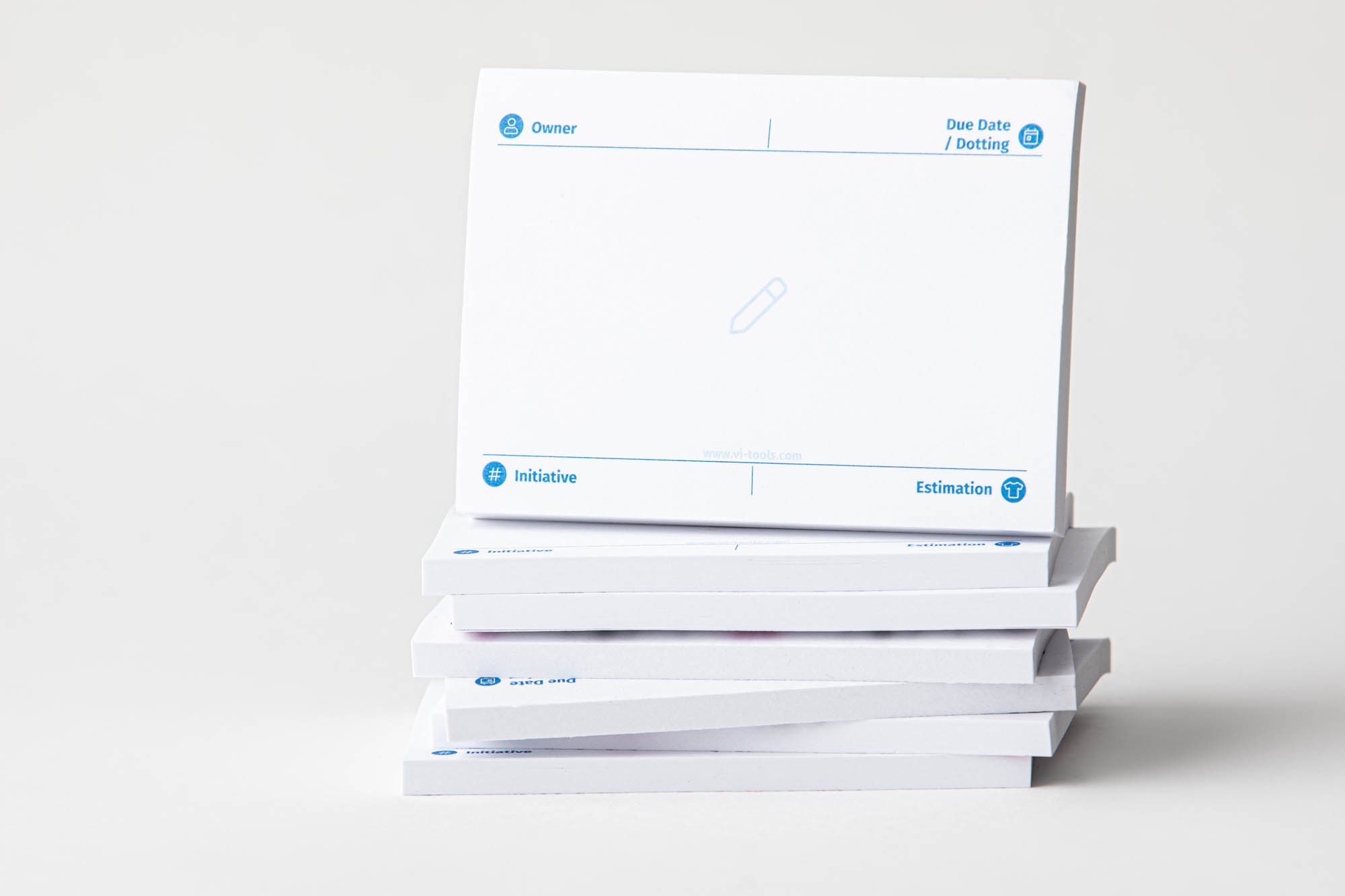The Business Model Canvas is a great tool to visualize your business model (existing or future) on one page. It outlines how your business creates, delivers, and captures value. It has nine building blocks that are all interconnected. If you are not yet familiar with the Business Model Canvas and the nine building blocks, we will post an article soon.
Understanding your business model is crucial to focus on activities that drive your business in the right direction.
The benefits of the Business Model Canvas in a nutshell:
- It creates a shared visual understanding within minutes
- Everyone can contribute and enrich the content as interactivity and interactions boost the team’s IQ
- It enables speed and agility, if used in the right manner, we get to that in minute
- It lets you make decisions based on facts, not beliefs or ego
In this article, we outline the biggest mistakes we see when using the Business Model Canvas and how to avoid it.
Very often, a group gets together and fills out the Business Model Canvas, ideally in one session. A lot of thoughts and ideas are shared, which is excellent to get started. Eg. Who might be your customers/users (Block Customer Segments). What values your product/service is providing (Value Propositions).
The outcome looks like this:

The session is over, and the group feels energized by creating much input.
Then the following often happens.
This is how the BMC looks in let’s say three weeks:

And like this in 3/4/8 months.

Yes, less or no progress, no learning, no validation based on data.
The problem teams are facing is that no concrete actions derive from the input. That is a waste of time and stickies.
How it should like is the following:

Yes, a graveyard of stickies that turned out to be wrong. And that is okay. That means you validated (ideally with data) why the idea was not suitable for your business model for now.
Here is how you drive action using the Business Model Canvas: Apply the Lean Startup approach – Build – Measure – Learn.
That means, every sticky presents a hypothesis. You define acceptance criteria. That means you know when to accept the hypothesis as a real fact, and when do you decline it. Then you test each hypothesis with an experiment that delivers data that you can look at to make this decision.
We will post articles about how to set up proper and pragmatic experiments soon.
Here is an example:
Let’s use the building block Customer Segments. You think one of your customer segments are project managers in IT database projects in mid-sized companies (200-1.000 employees). That is a concrete describion. You can look them up on LinkedIn. You can decide how detailed you want to be. You can start with project managers as well, less specific, and a broader customer segment.
Then you define and execute the experiment gaining data. By analyzing the data, you can make a decision and update the sticky in the Business Model Canvas.
By testing each hypothesis, you gain learning based on data, and therefore you know what works as of today and what does not. That is crucial as you like to work on topics that move the needle. It might sound like much work. Yes, but the time is wisely invested. Too often, we focus on issues that seem to be easy or suit over beliefs. That often fools us. From my perspective, nothing is more frustrating than spending time, resources, and energy on something that is not working.
Happy experimenting and validating!
